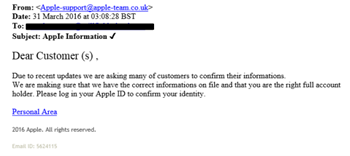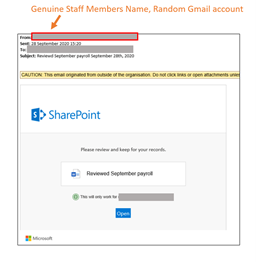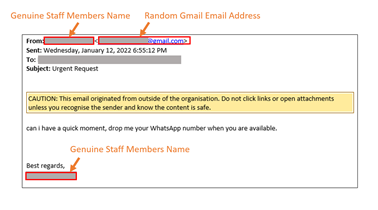One of the big advantages of productivity suites like Google Workspaces for Education or Office 365 is the ability to easily share and collaborate. This is great within schools, allowing students and staff to share and work together on documents and projects, however I also believe it starts to provide some other benefits for education in general, such as in relation to coursework moderation and exam bodies.

I have long believed the exam boards have lagged a bit behind in terms of technology use. I remember being a visiting moderator for a vocational IT qualification some 15yrs ago and being presented by mountains of print outs. I was visiting schools across England to carry out moderation activities relating to the evidence students had created in working with technology tools such as website development tools, spreadsheets, email clients, etc, yet it was all being printed out for me to look at. I dread to think, on reflection, how many trees were cut down in the process. It was around this time that I decided as a teacher of the same vocational qualification that I wouldn’t repeat this mistake, so I worked with our network manager to come up with a way to structure student evidence such that it was easy to extract and burn onto a CD (remember this was 15yrs ago!) which could be handed to the visiting moderator, rather than trying to bury them under mountains of paper. Through the CD the moderator would have access to all student evidence in a structured and easily navigable form as opposed to a pile of A4 folders of printed evidence.
Office 365 and Google both allow for the easy sharing of digital evidence, which solves the above issue which I had previously solved with a CD, some network setup and a few batch files. Recently working with one department who were using OneNote to store student evidence, we made use of the Parental Link functionality (See instructions here) to share the content with a moderator. In some other areas we are using SharePoint for example to share video evidence of student work. Now some planning does need to go into this, as some schools will have external sharing turned off in relation to data protection, however with a bit of thought and configuration, a solution can be found.
This all highlights for me the need for exam boards to catch up. Why arent exam boards providing more guidance to schools in terms of easily sharing digital student evidence with moderators? Why is it being left to schools and their moderators? Given most schools will now have either Microsoft’s or Googles suite in place, now is the time to drive things forward. And it is about time, as looking back, I was trying to go paperless 15yrs ago, prior to the bandwidth and sharing tools which now greatly enable this to easily occur.

Additionally, and looking a little broader, why are we still making so many students sit in large exam halls to complete paper-based examinations following 2 years where the pandemic has meant that students and teachers all over the world have been reliant on technology to collaborate, communicate and engage in learning. Why arent we looking at how technology can facilitate exams? Now I note some initial pilots are being trialled but to me it all feels a little late in the day. Again, there is a need for things to be driven forward here, and I don’t sense the drive and urgency I would expect.
I feel schools have driven forward their use of technology over the last few years, urged on by needs resulting from the pandemic. This has been great to see and has left schools in a stronger positive in my eyes. But why are some of the services which underpin our current education system, such as the exam bodies, not working harder to do the same. My main concern is that these services may serve to drag schools back, losing some of the technology-based advances we have so recently made.



















